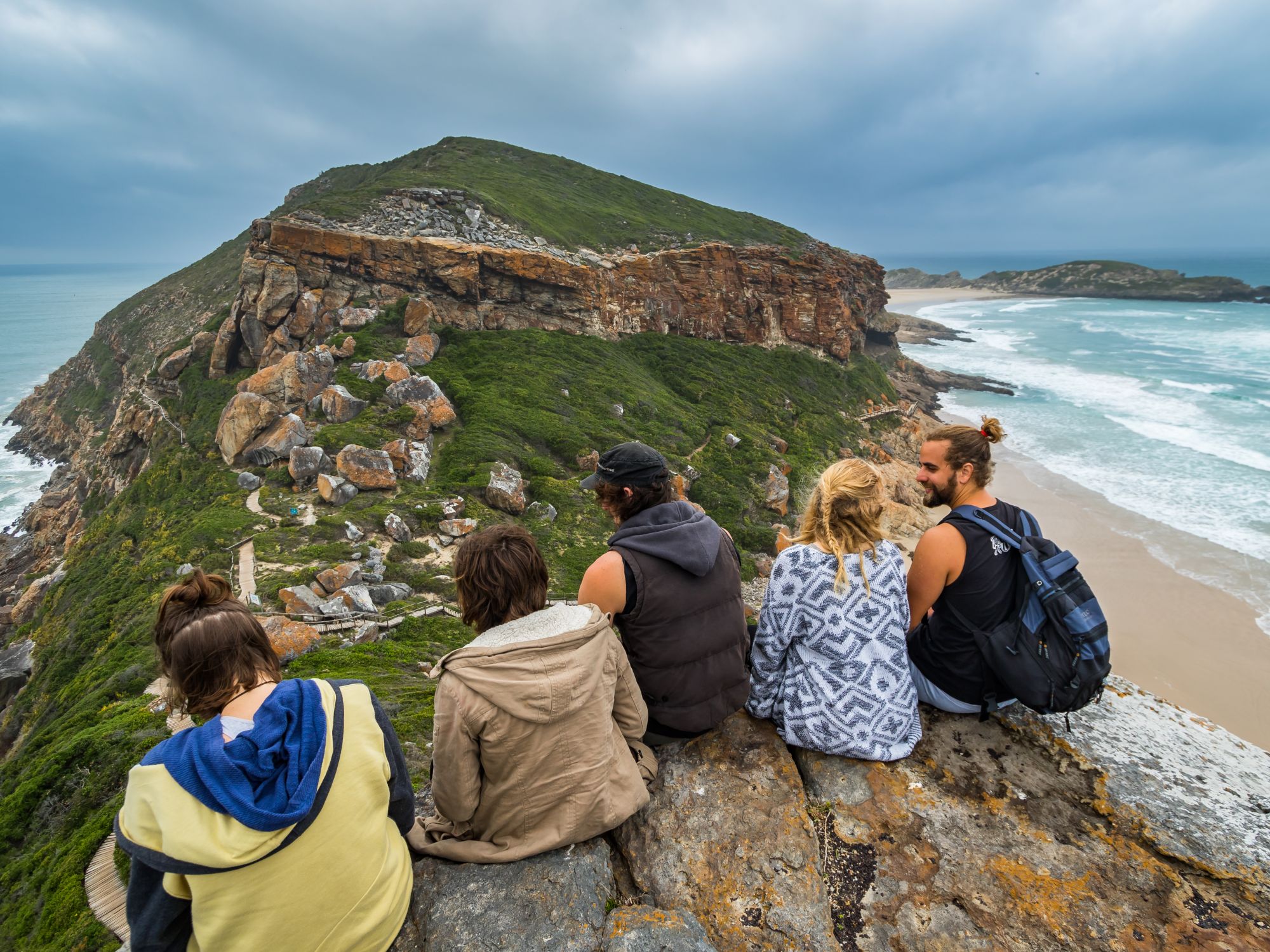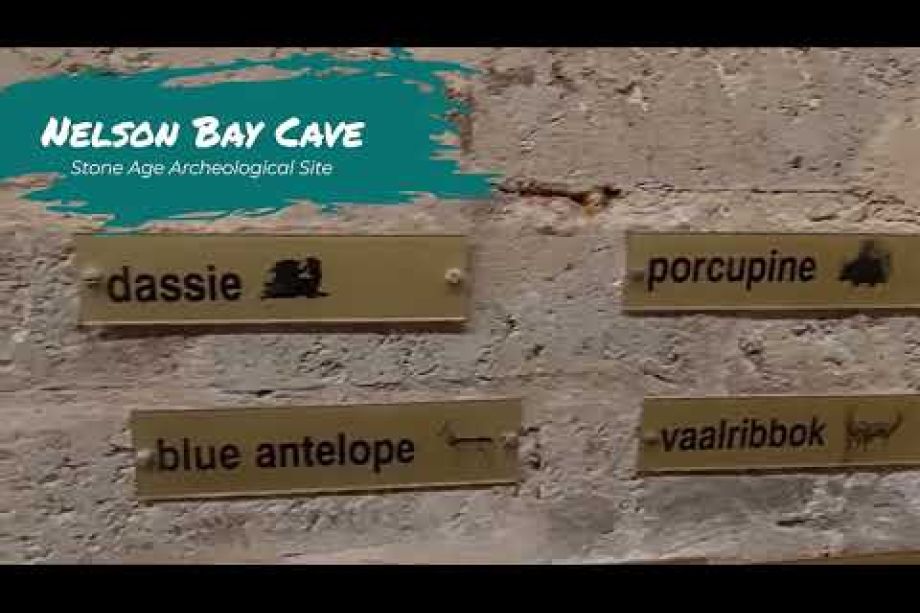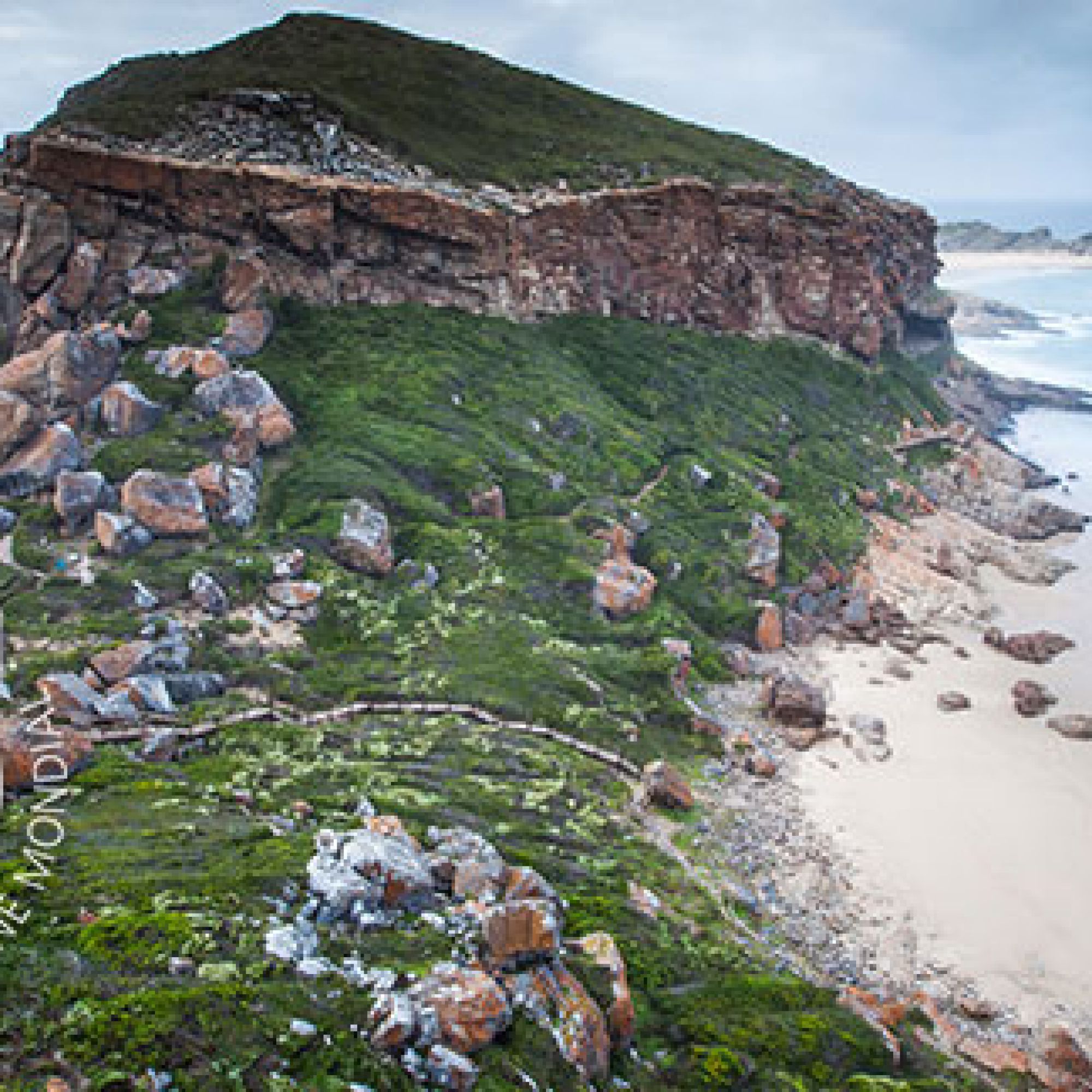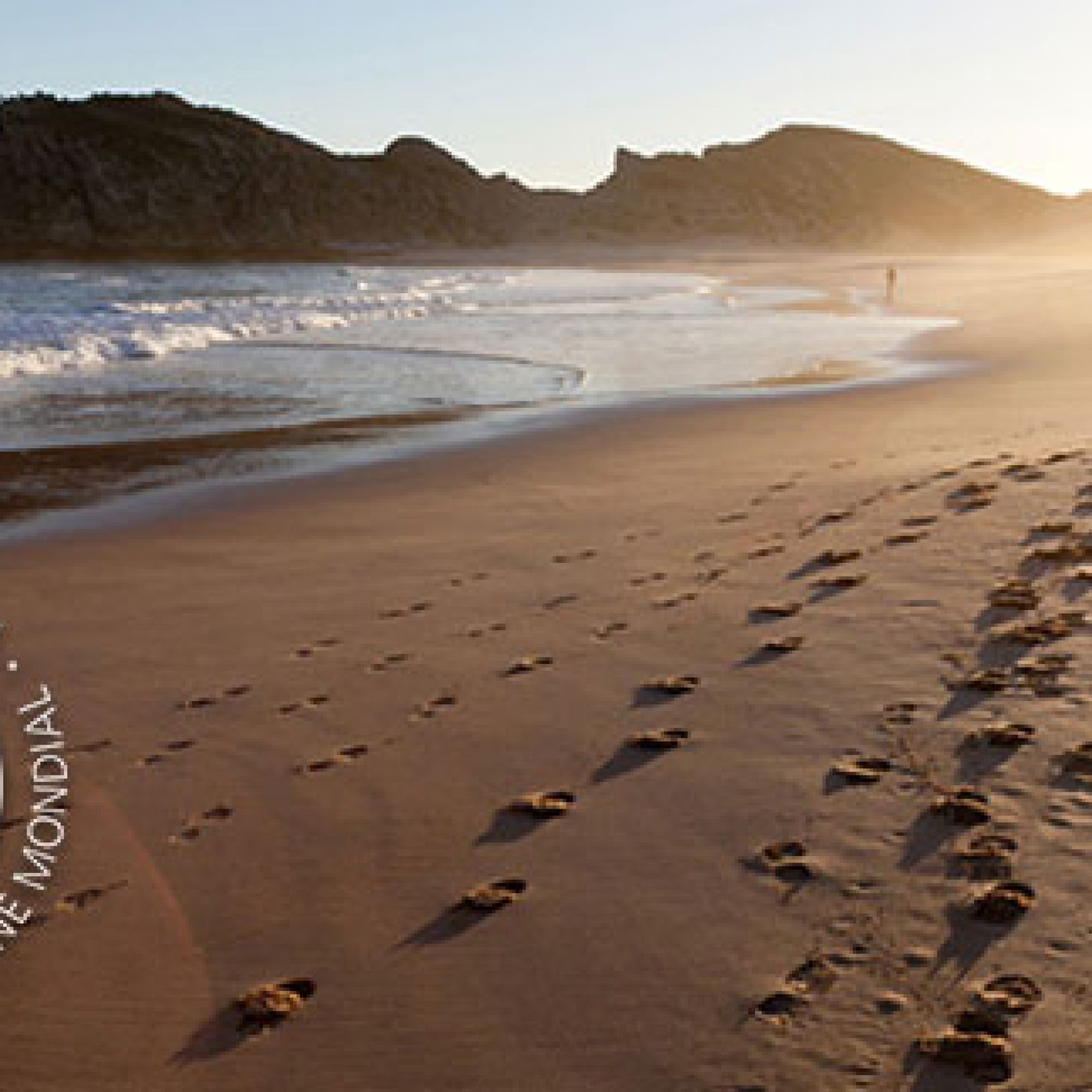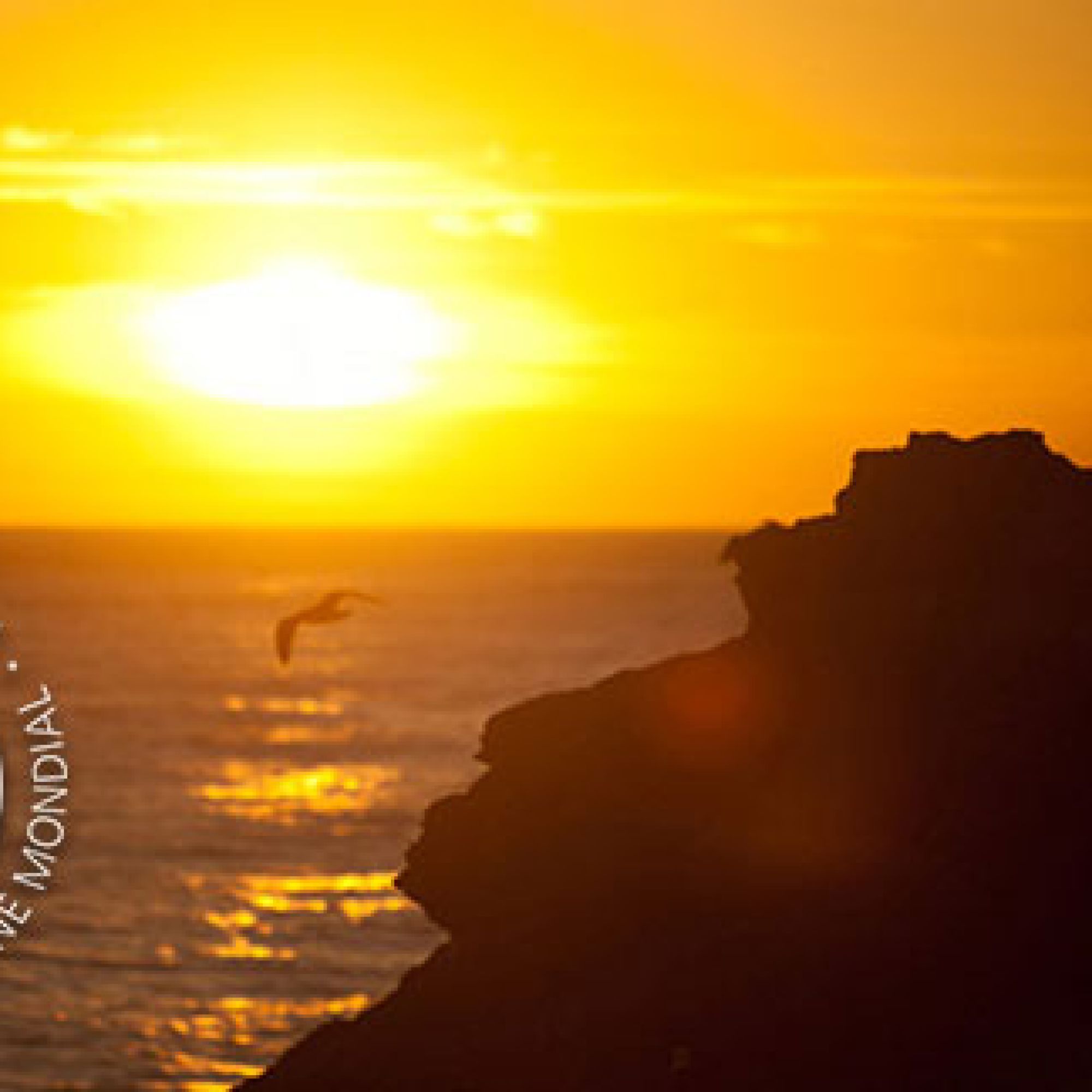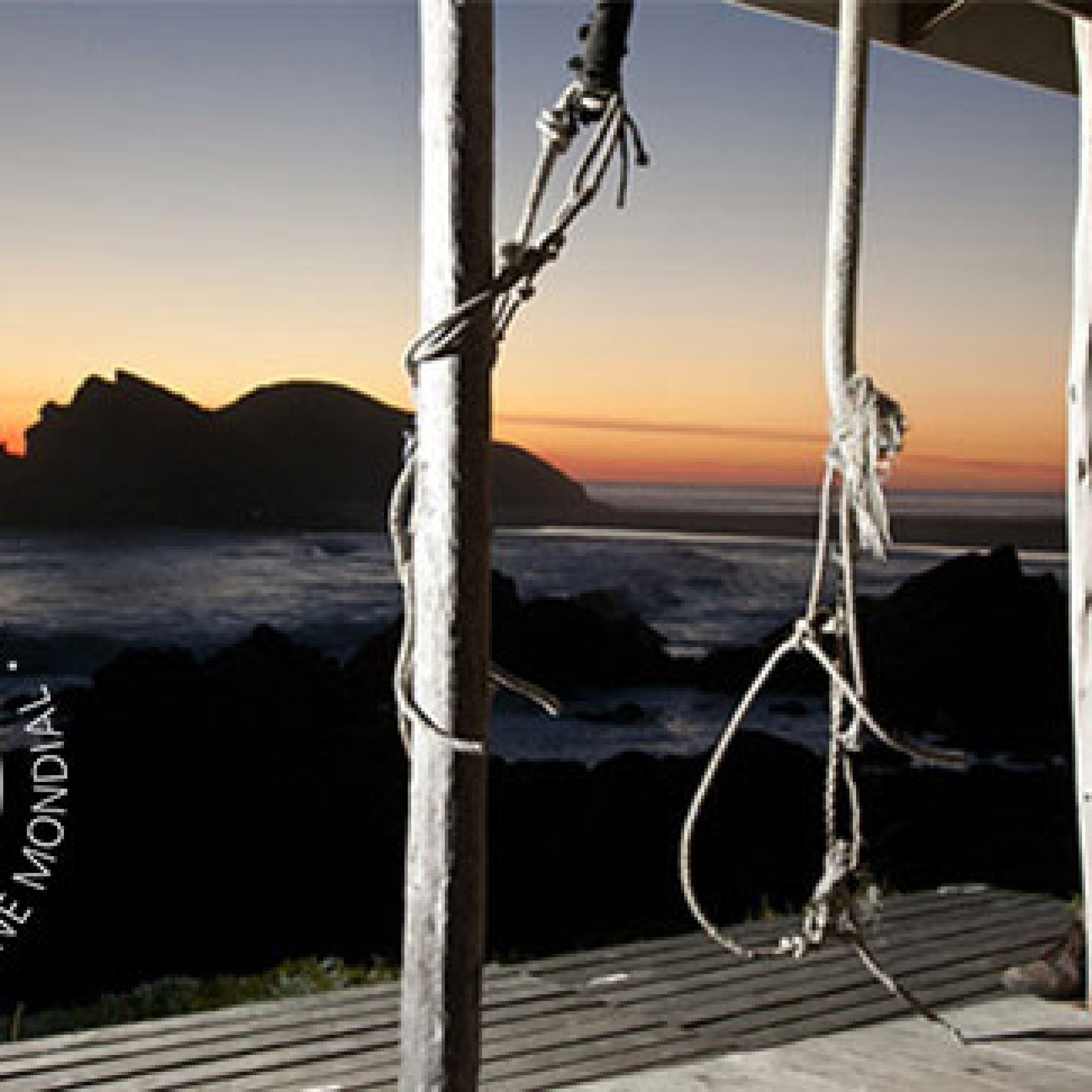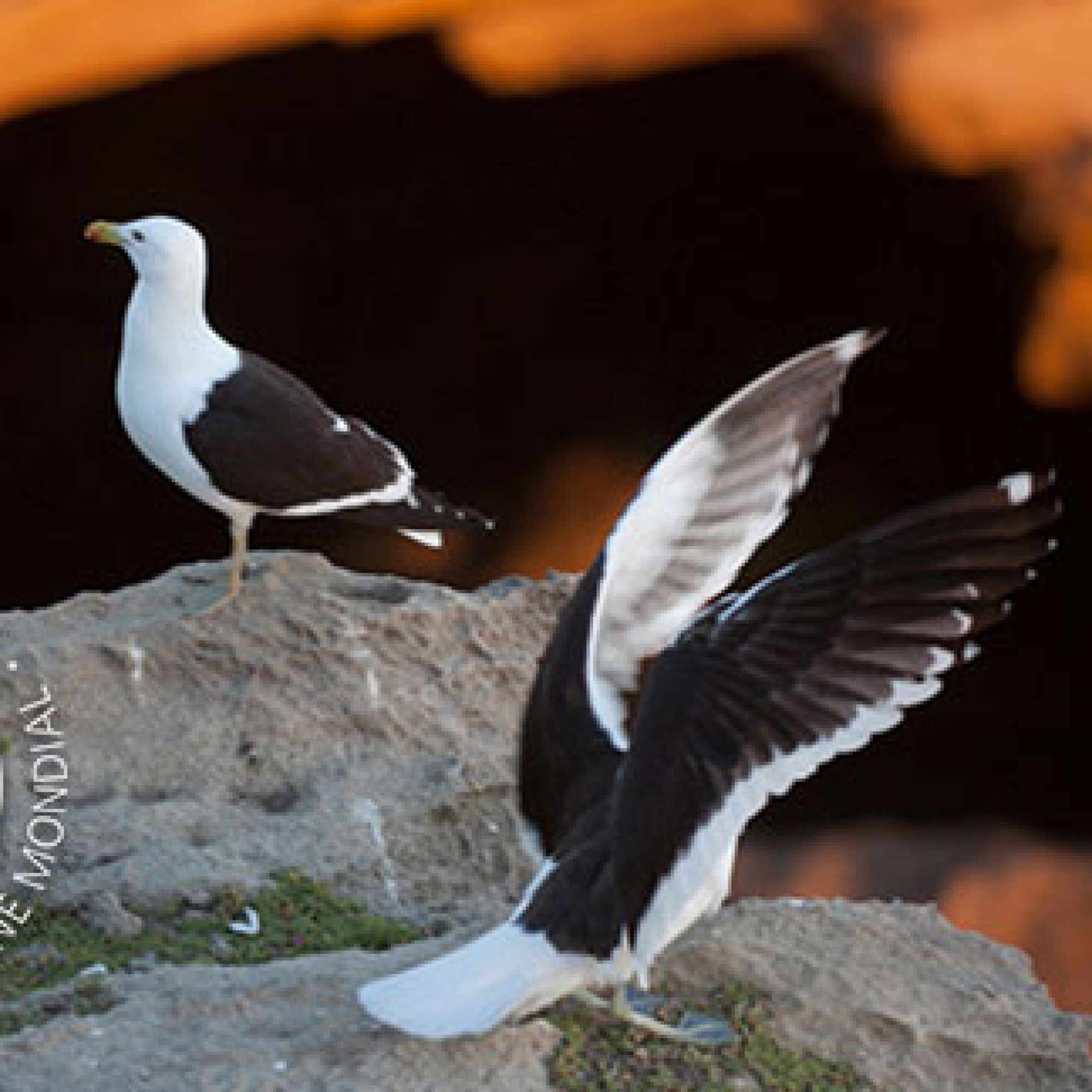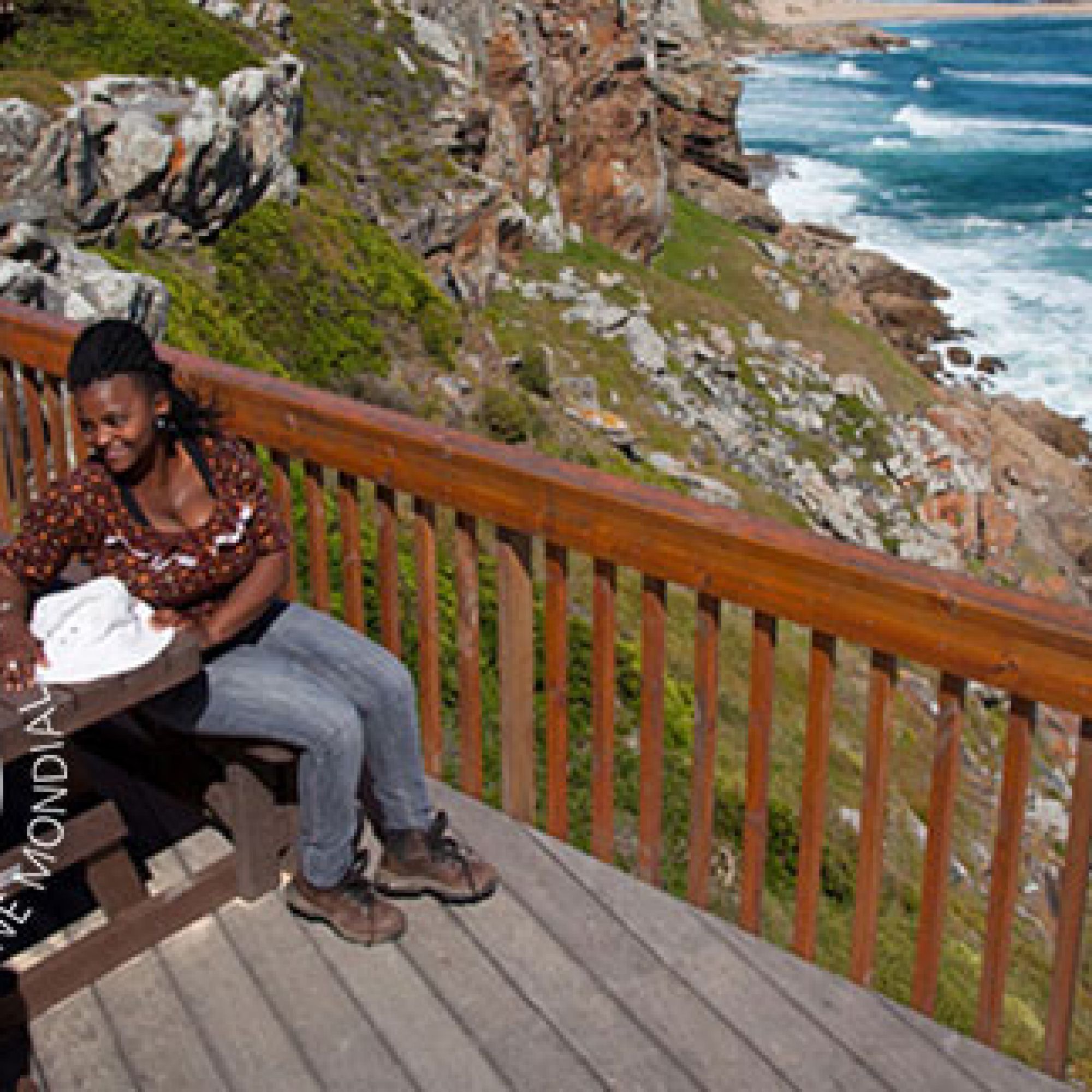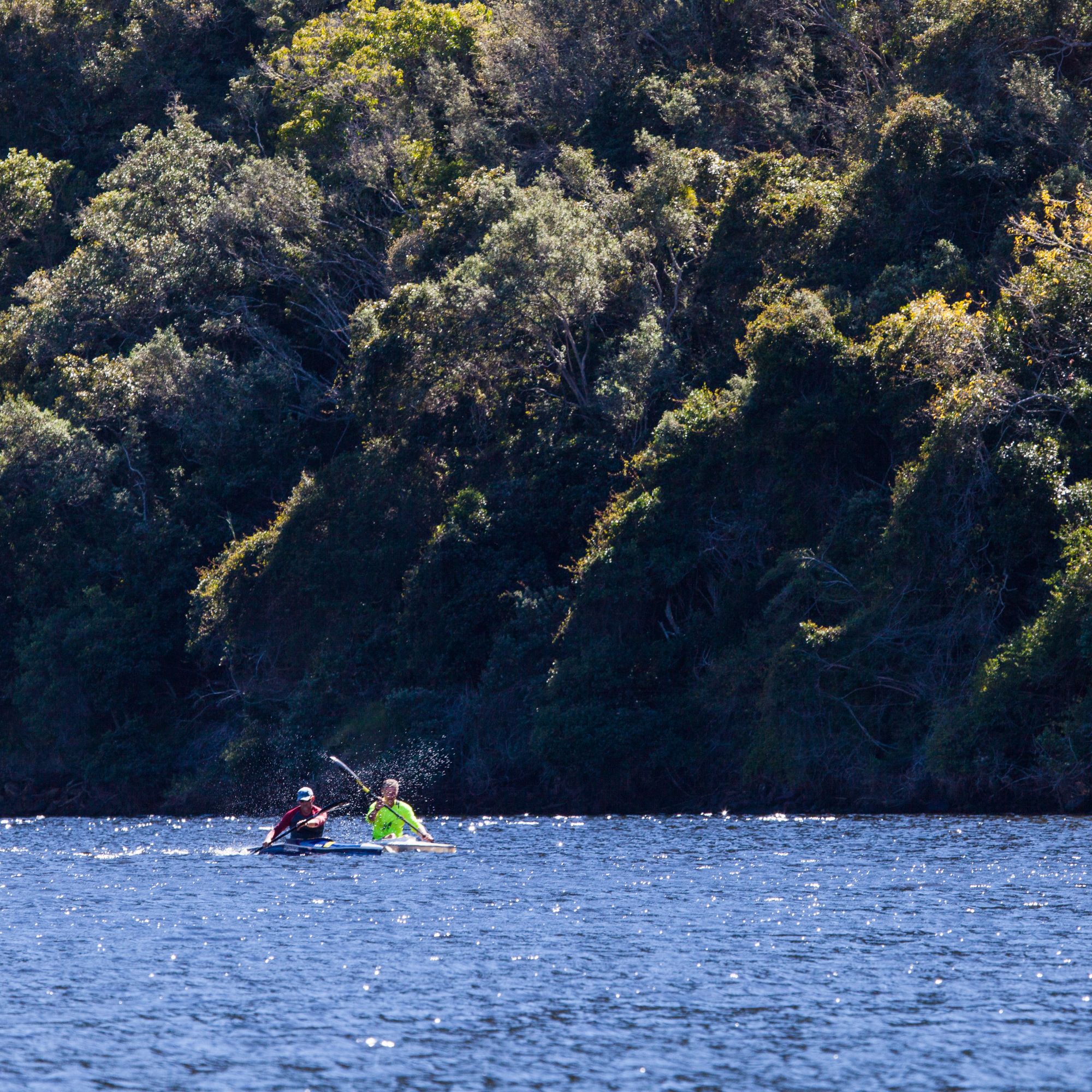Map of Reserve area
Where to Stay
What to Do
Abseil at Robberg NOW OPEN!
Robberg Nature Reserve in Plettenberg Bay is best known for panoramic views across the bay to the Tsitsikamma Mountains and open ocean with dramatic cliffs, caves, stretches of sandy beach, and the vibrant colony of Cape fur seals. It is a popular destination for nature lovers, hikers and trail runners with sightings of whales, seals and dolphins. To add to its already-plentiful attractions, CapeNature – custodian of the nature reserve – has partnered with South African adventure company Adventure Zone to bring an all-new dimension to Robberg: an extremely thrilling and breath-taking abseil down the cliffs of Robberg.
Abseil Information:
Restrictions: Age restriction: 12 years and older.
Group size: 2 people per session.
Duration: 45 min.
What to wear: Comfortable walking shoes. Hat and sunblock.
Price: R850pp all safety and protective gear supplied
Operating times: Monday – Sunday 8:00 – 17:00. Last activity goes out at 17:00
Bookings can be done as follows:
Call: 066 321 5701
Email: plett@adventurezone.co.za
Direct booking link: https://adventurezone.activitar.com/services/13879
The three circular routes on offer vary in terms of distance and difficulty. Regardless of the route, visitors must always wear hiking shoes, sunblock and hats. Water and warm clothing is essential, as the weather can change suddenly.
Hiking trails
The three trails on offer range in time from a 30-minute stroll to a four-hour hike. All offer fantastic views, brisk sea air and sightings of the birds of the peninsula.
Easy to use trail maps for these hiking trails created by Forge can be downloaded here.
Help us protect nature
No littering/no pets/no fires except at designated spots/no fishing without a permit.
Permits
Permits may be purchased for R65 per adult and R45 per child at the reserve entrance gate.
Trail preparation
- Wear comfortable walking shoes, sunscreen and a hat.
- Do not hike alone.
- Carry enough food and water with you.
- Make sure you know what the weather conditions are before you depart.
- Take a warm jacket/raincoat in winter.
- Make sure you have a relevant map of the area.
- Take a field medical kit with you for emergencies.
- Obey all signage.
- Stay in a group and on the trails.
Gap Circuit
Trail distance: 2.1km
Estimated time: 30 minutes
The shortest and easiest route that heads straight into a mudstone cleft, which has evidence of the prehistoric break-up of Gondwanaland 120 million years ago. Do not stand near cliffs, particularly if the wind is very strong.
Witsand Circuit
Trail distance: 5.5km
Estimated time: 2 hours
The trail leads along the northern ridge of the peninsula and onto the wind-shadow of the climbing-falling dune, before heading down to the tombolo and boardwalk. Hikers will pass above the resident seal colony along the way and encounter a colony of kelp gulls at the end of the trail. Do not stand near cliffs, particularly if the wind is very strong.
Point Circuit
Trail distance: 9.2km
Estimated time: 4 hours
This is a fairly strenuous walk and not recommended for young children. The trail heads up the north ridge to the Point and then back along the southern rocky shoreline. A highlight is encountering the hundreds of gannets, cormorants and terns at the Point. Do not stand near cliffs, particularly if the wind is very strong.
Some highlight features of a visit here include spotting the rare blue duiker, the Western Cape’s smallest antelope; walking alongside one of the seven climbing-falling dunes on the Cape coastline; and viewing the highest navigational light on the South African coastline, at the Cape Seal Lighthouse (146m above sea level). The reserve also extends 1.8km offshore, providing protection to a range of vulnerable fish species. Visitors can expect inspiring landscapes, exciting dolphin and whale sightings in season, and to be accompanied on their walks or hikes by a variety of bird species and the occasional seal. An overnight hut is available for those who want to spend more time on this beautiful reserve.
Robberg Nature Reserve has been awarded ECO Certification by Ecotourism Australia.
To find out more, download the Robberg Nature Reserve Brochure below.
How to get there
From Cape Town: Take the N2 highway towards Plettenberg Bay. On approaching, take the Piesang Valley turn-off. Follow for 3km until you get to Robberg Road. Continue for 4kms towards the Plettenberg Airport. Turn left at the "Robberg" sign and continue until you reach the entrance gate.
GPS Co-ordinates: 34 06 15.30 S 23 23 31.56 E
General information
Reserve Operating Hours: 7am-8pm.
No entry will be granted after 7pm.
From 01 October to 30 April, the operating hours will change to 7am-6pm.No entry will be granted after 5pm.
From 01 May to 30 September, operating hours will change to 7am-6pm.
No entry will be granted after 5pm.
Tel: +27 (0)87 087 3937.
Accommodation and permit bookings Tel: 087 087 8250.
What Our Guests Say
Discover our self-catering accommodation options starting at R1 350.
.
Adults
Day Access = R65; Overnight fee = R45
Children (ages 4 to 17)
Day Access = R45; Overnight fee = R45

